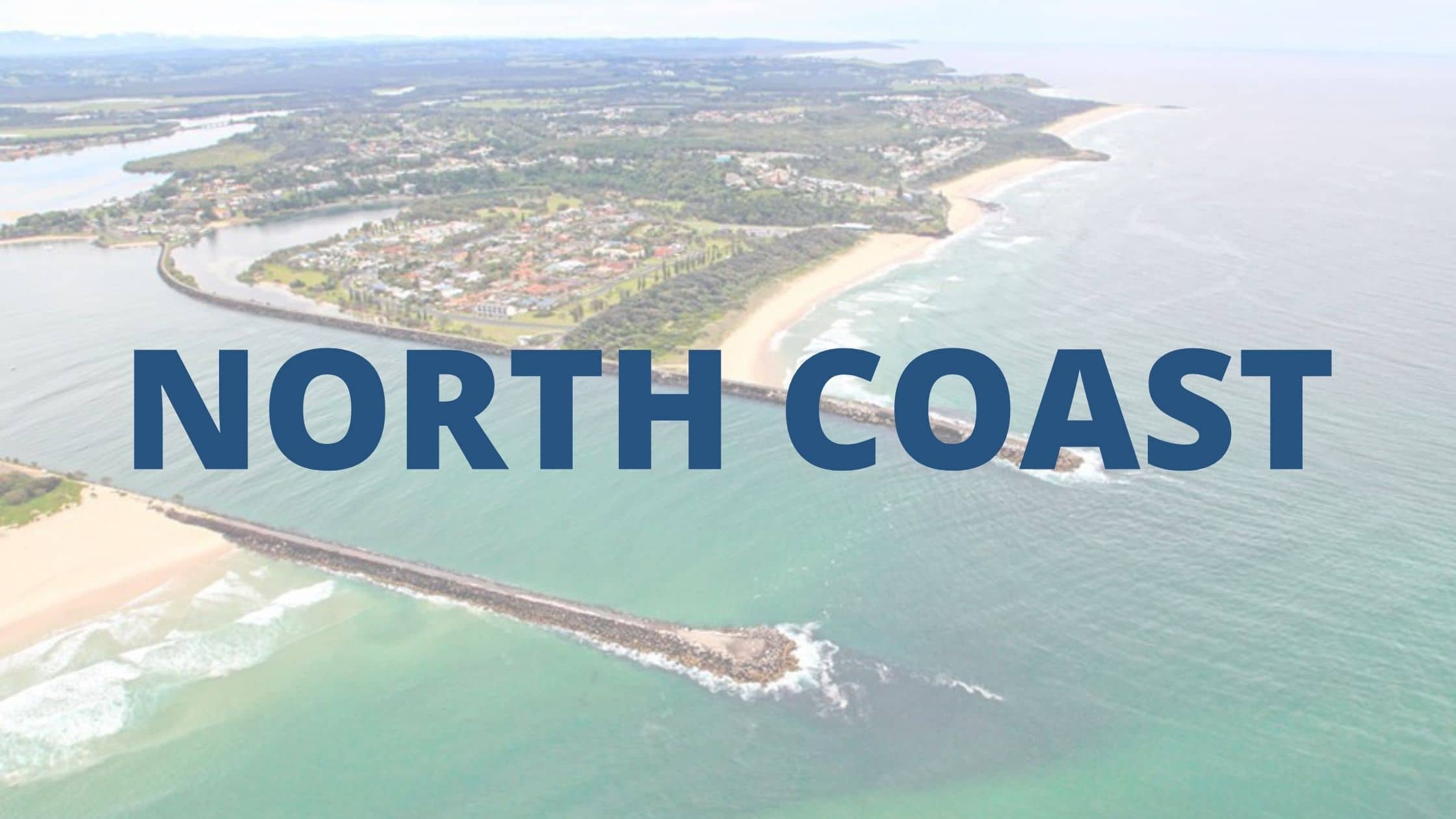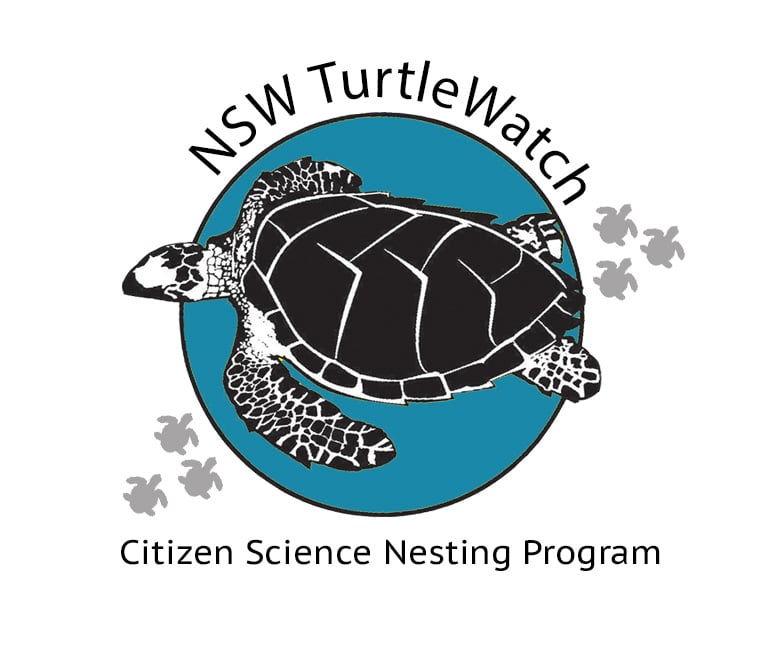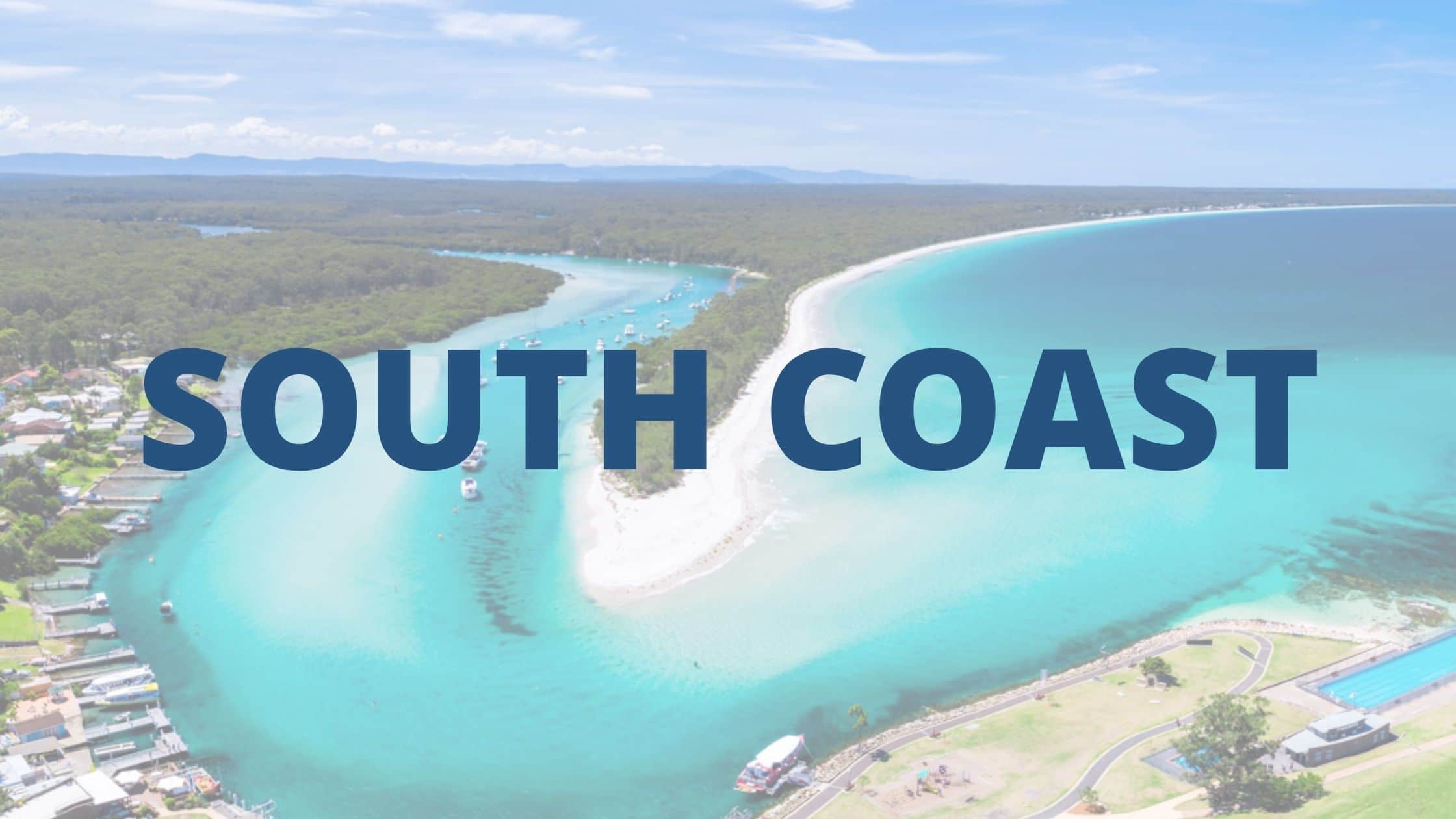ASTR Animals
Seabirds and Shorebirds
Due to the coastal lifestyle of both Seabirds, Shorebirds and humans, there are often encounters with entanglements and fishing tackle. Seabirds will often display signs of exhaustion and starvation after having travelled long distances on their migration. As fish stocks deplete, seabirds do too, due to the lack of food availability. Seabirds and shorebirds are also suffering from plastic ingestion, with balloons being a common problem.
Entanglement and boat strikes, as shown with this pelican, are sadly very common.
Australian Seabird & Turtle Rescue Inc. is able to rescue and rehabilitate coastal and pelagic birds back to health to help replenish decreasing populations.

Sea Turtles
Australia is home to 6 of the 7 species of sea turtles in the world. In NSW, Sea turtles will often strand themselves on our beaches in an emaciated state. The common species that come into ASR are Green Sea Turtles, Hawksbills, loggerheads with the occaisional occurrence of Olive Ridleys and Flatback turtles. The emaciated conditions can be caused by a number of issues, including, high parasite loads, plastic ingestion, entanglement, disease, and more. Australian Seabird & Turtle Rescue is home to the Ballina Byron Sea Turtle Hospital in which we are able to rescue and rehabilitate up to 100 sea turtles annually. In recent years our Central Coast branch has had to build sea turtle facilities as we start to see an increase in sea turtle stranding’s further down the NSW coastline.

Sea Snakes
Sea snakes (family Hydrophiidae) are readily identified by their flattened tails and valvular nostrils. They are, of course, excellent swimmers and divers, feeding on fish and eels. They shed their skins much more frequently than land snakes, as often as every two weeks.
The young are born alive at sea. At least 32 species of sea snakes have been recorded in northern Australian waters and some species are also found in the southern waters off Victoria, Tasmania and South Australia.
Often the first thing people think when they see or talk about sea snakes is fear, but although they are venomous they are often misunderstood.
Sea snakes are susceptible to trawler by-catch and are being impacted by commercial fishing, climate change, coastal development and declining water quality.
Like most animals in our environment, sea snakes play a vital role in our marine ecosystem. However, very little is known about them.
We are seeing an increase of sea snakes come into our care each year. So each year we are learning more and falling more in love with these amazing creatures. Help us raise funds to build a facility to rehabilitate sea snakes. Please help us help them.

Sea Turtles
Australia is home to 6 of the 7 species of sea turtles in the world. In NSW, Sea turtles will often strand themselves on our beaches in an emaciated state. The common species that come into ASTR are Green Sea Turtles, Hawksbills, loggerheads with the occaisional occurrence of Olive Ridleys and Flatback turtles. The emaciated conditions can be caused by a number of issues, including, high parasite loads, plastic ingestion, entanglement, disease, and more. Australian Seabird & Turtle Rescue Inc. is home to the Ballina Byron Sea Turtle Hospital in which we are able to rescue and rehabilitate up to 100 sea turtles annually. In recent years our Central Coast branch has had to build sea turtle facilities as we start to see an increase in sea turtle stranding’s further down the NSW coastline.
Sea Snakes
Sea snakes (family Hydrophiidae) are readily identified by their flattened tails and valvular nostrils. They are, of course, excellent swimmers and divers, feeding on fish and eels. They shed their skins much more frequently than land snakes, as often as every two weeks.
The young are born alive at sea. At least 32 species of sea snakes have been recorded in northern Australian waters and some species are also found in the southern waters off Victoria, Tasmania and South Australia.
Often the first thing people think when they see or talk about sea snakes is fear, but although they are venomous they are often misunderstood.
Sea snakes are susceptible to trawler by-catch and are being impacted by commercial fishing, climate change, coastal development and declining water quality.
Like most animals in our environment, sea snakes play a vital role in our marine ecosystem. However, very little is known about them.
We are seeing an increase of sea snakes come into our care each year. So each year we are learning more and falling more in love with these amazing creatures. Help us raise funds to build a facility to rehabilitate sea snakes. Please help us help them.
24HR RESCUE HOTLINES
Rescuing Seabirds, Shorebirds, Sea Turtles and Sea Snakes in NSW



